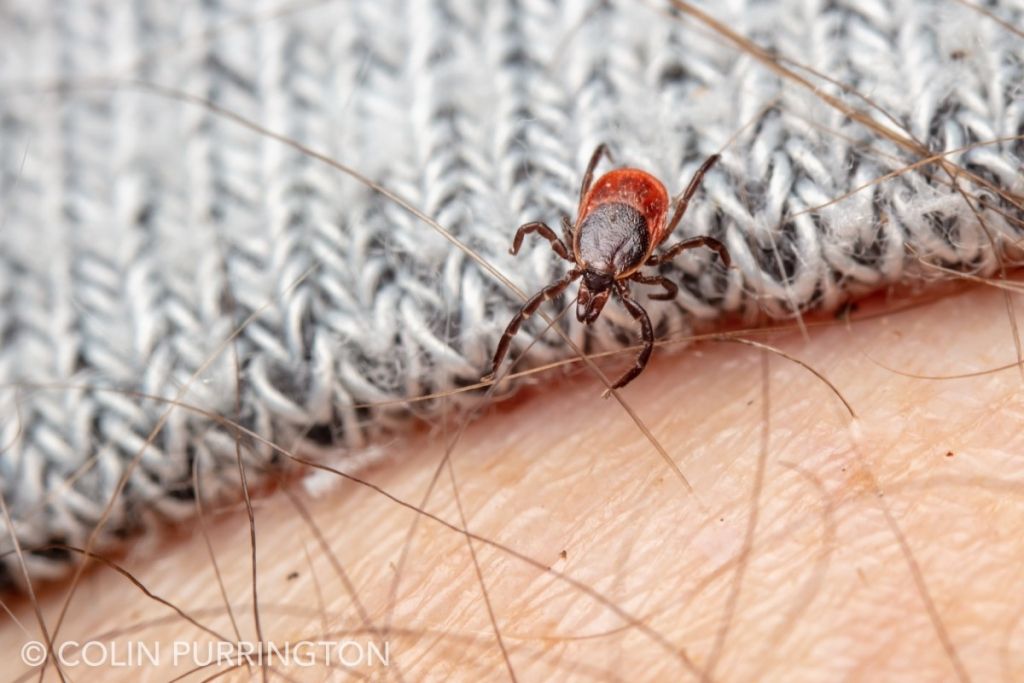Over the weekend I got to answer mosquito questions at the annual Native Plant Sale sponsored by the Rose Valley Environmental Advisory Council. I brought props: two types of gravid autocidal traps (Biogents, Catchmaster) for luring and killing pregnant mosquitoes, a mint plant (for reminding folks that plants do not repel mosquitoes), Mosquito Dunks (for killing larvae in bird baths, e.g.), Mosquito Bits (to kill larvae even faster), permethrin clothing spray, DEET repellent, picaridin repellent, oil of lemon eucalyptus (para-menthane-3,8-diol) repellent, and, finally, boxes of Spartan Mosquito tubes as examples of scams to avoid. I also displayed several pages of mosquito tips from my blog, each with scannable QR codes.
If you want more information, here are my mosquito posts:
- Tips for killing and repelling mosquitoes
- Eliminate mosquitoes by eliminating stagnant water
- Effects of mosquito sprays on humans, pets, and wildlife
- 15 mosquito-control strategies and devices that don’t work
- Yeast-based mosquito control devices
- Indoor mosquito trap using a plastic soda bottle
Please feel free to share any of the above on Facebook. It would be great to get more people aware of the need to eliminate stagnant water. And please get the word out to your neighbors that fumigating yards with chemicals will kill more than just mosquitoes.
And just in case anyone is wondering, I am not getting any kickbacks from the manufacturers I recommend. And, yes, I am wearing a Purrington’s Cat Lounge t-shirt.


